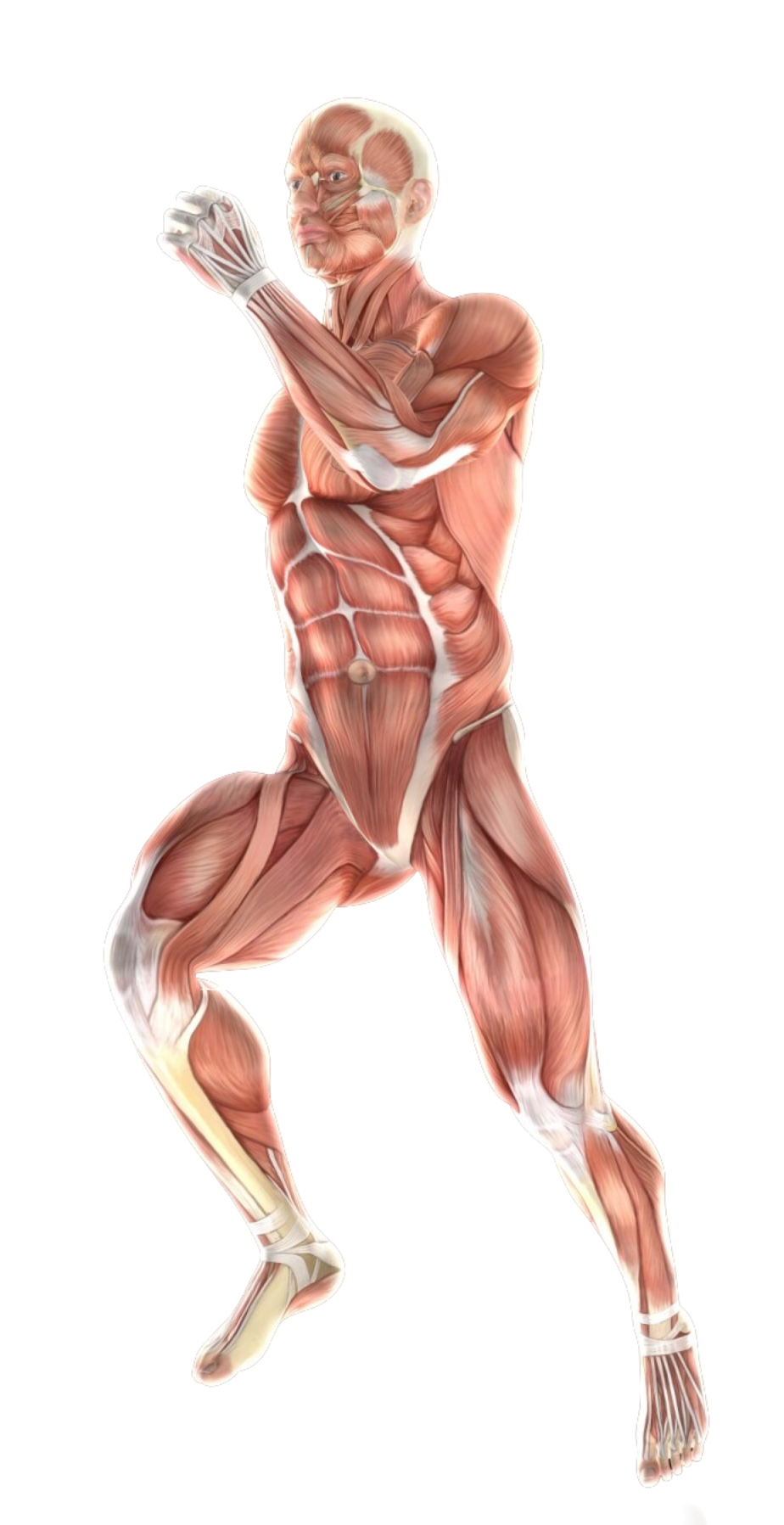- #11-13 Mount Elizabeth Medical Centre (Orchard)
- Mon Fri 9am — 6pm | Sat 9am — 12.30 pm
Cubital tunnel syndrome is a condition that causes numbness, tingling, and weakness in the hand due to compression of the ulnar nerve at the elbow. The ulnar nerve is one of the major nerves in the arm that runs along the inside of the elbow joint.
This tunnel, formed by bone and ligaments, protects the nerves passing through the elbow. However, various factors can cause narrowing of the cubital tunnel, resulting in pressure and irritation of the ulnar nerve. This article explores the causes, symptoms, diagnosis, and treatment options for cubital tunnel syndrome.
In cubital tunnel syndrome, the cubital tunnel narrows, compressing the ulnar nerve. This compression disrupts normal nerve function, causing symptoms such as numbness, tingling, and weakness in the hand.
The most common symptoms of cubital tunnel syndrome involve the hand supplied by the ulnar nerve, which includes the little finger and half of the ring finger. These symptoms may include:
It’s important to note that these symptoms can sometimes be caused by other conditions affecting the hand, elbow, or cervical spine. Consultation with a health care professional is essential for proper diagnosis.
Several factors can contribute to cubital tunnel narrowing and ulnar nerve compression:
Although anyone can develop cubital tunnel syndrome, certain factors can increase the risk:
Jobs that require long elbow bends or repetitive gripping motions, such as carpenters, painters, or assembly line workers, may be at higher risk.
Activities such as baseball (pitching), weightlifting (exercises with repeated elbow flexion), and gymnastics can stress the elbow joint and ulnar nerve.
Being overweight can put extra stress on the elbow joint and contribute to nerve stress.
Having a family member with cubital tunnel syndrome may indicate a rare genetic predisposition.
This inflammatory arthritis can affect the structures around the elbow joint, causing the cubital tunnel to narrow.
A diagnosis of cubital tunnel syndrome usually includes:
Imaging tests are not always necessary to diagnose cubital tunnel syndrome, but in some cases, they may be helpful:
Treatment of cubital tunnel syndrome usually begins with conservative measures and progresses to surgery in severe cases. Here’s an overview of common treatment options:

Spine - Neck
Shoulder & Elbow
Spine — Back
Wrist & Hand
Knee Pain
Ankle Pain
Foot Pain
Book a consultation with us for a more comprehensive diagnosis and a personalised treatment plan best suited to your needs.

Spine - Neck
Shoulder & Elbow
Spine — Back
Wrist & Hand
Knee
Ankle
Foot